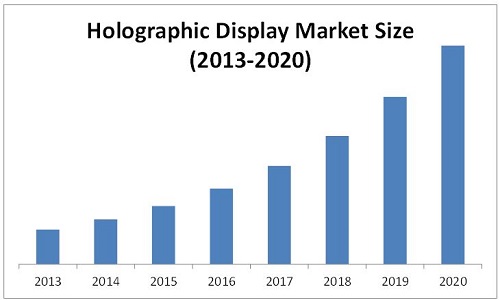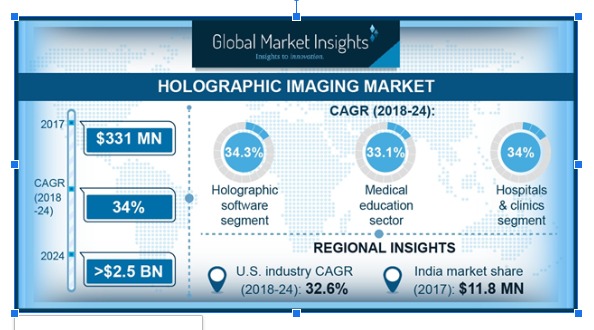A New Era in Education with Holographic Telepresence Technology


Technology has and is continuing to play an important role in shaping the world around us. It has permeated almost every aspect of life today, and education is no exception. Teaching and learning with technology that was earlier limited to supplementary collaboration tools for communication are now going through a sea of change. The field of education is entering an era where technology can provide an entirely new mechanism for learning; making it more personal, innovative, and pluralistic.
With new technologies like AI, machine learning, educational software, and the latest trends like Virtual Reality and Augmented Reality – the very approach to teaching and learning is fast evolving. Holographic technology isn’t confined to the realm of gaming alone – it is fast becoming the future of education.
Microsoft says “the holographic images are allowing students to view things on a more grand 3-Dimensional (3D) scale.” This technology – particularly in the areas of health sciences and medicine offer 3D representations of the human body that facilitates an enhanced learning experience that’s far more effective than the traditional textbook illustrations.
Gartner’s research reveals the top five strategic technology trends in K-12 Education:
Today there are more than three billion augmented reality (AR) devices currently in use. The industry has an estimated market value of between US$30 billion and US$200 billion.

Studies indicate an expected growth at a CAGR (Compound annual growth rate) of 30.23% from 2014 to 2020 in the holographic display market. The growth is attributed to the increasing use of holographic displays in medical imaging.
Growing demand for holograph imaging in the medical field will stimulate the holographic imaging industry growth. Recently developed holographic imaging systems are highly efficient and possess accuracy. According to a study by Market Research Future, “medical imaging applications are likely to experience a rise owing to the increasing awareness regarding their benefits among the medical community thus leading to the adoption of holography products for clinical applications.”

The holographic technology is also being used at events, conferences, fashion shows, product launches, as well as in product marketing events.
Be it art, architecture, medicine, or engineering, holographic technology allows students to view their structures and models in 3D form. Students have the benefit of learning about the intricacies of their subjects that cannot, in some cases, be accurately taught through a textbook or computer screen.
With a student-centred learning approach, the holographic technology creates opportunities for easy collaboration, and deeper subject understanding – thus enabling students to learn more efficiently, and increase knowledge retention.
The technology also helps learners retain more information than traditional training methods. It was found that surgeons retained approximately 80 per cent of training material presented via VR compared to 20 per cent when listening to a lecture.
Other benefits include :
All set to become a lot more widespread in future usage as well as impact, it’s no doubt that holographic technology is helping create tremendously effective ways of learning. The latest immersive technologies are innately experiential and not bound by the laws of physics, thereby allowing educators to create that ‘impossible experience’ for students.
“Mixed reality allows for the real and digital worlds to be combined, and with holograms, you can almost feel the science at your fingertips,” says Alexey Yakubov, CEO and founder of HoloGroup, the Russian-based company behind HoloStudy, a revolutionary educational project for the Microsoft HoloLens. Companies like Apple and Google also have embraced AR through developer frameworks such as ARKit and ARCore, which run on a standard smartphone.
The holographic renderings are transforming the style of teaching and revolutionizing the learning experience. Breaking down the limitations of traditional teaching by creating an interactive experience that benefits both students and teachers – the hologram technology is poised to not only provide students with a better learning experience but to equip them for success in a fast-changing world.
By adding value and feeding the innate curiosity of children, teachers will be able to seamlessly bring abstract ideas to life, making learning effective and plenty of fun.
Winimy AI, with its award-winning voice AI concierge and wayfinding solution, has partnered with ARHT Media, the global leader in the development, production and distribution of high-quality hologram content, to offer a complete end-to-end solution for the creation, transmission, and delivery of lifelike digital holograms.
Write to us at [email protected] to find out how we can make your ideas become a reality.
